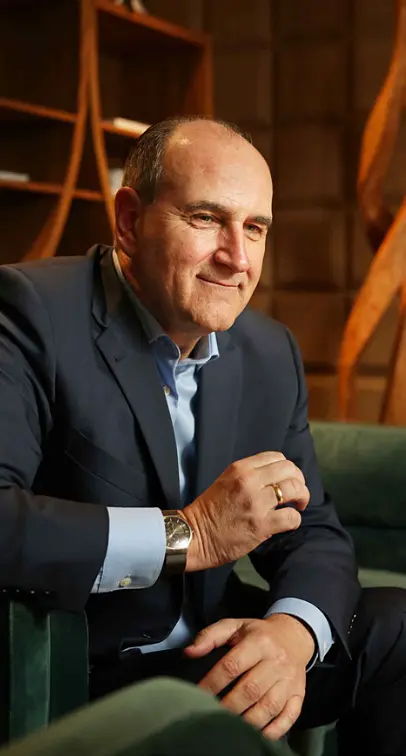THE WORLD’S #1 EXECUTIVE COACHING AND BUSINESS COACHING BLOG SINCE 2017.
Why a CEO Must Always Know Their Audience
February 5, 2016 | Category: Blog, Executive Coaching
Successful venture capitalists know from experience that the most successful businesses are the ones that remain connected with their company’s audience – their customers. It may sound easy, but it isn’t always. Businesses grow, markets change, shareholders make demands, and customers shift allegiances. But successful CEOs are the ones who keep their customers at the focal point of their plans and actions, sometimes despite efforts to separate senior executives from direct contact with the company’s audience. Feedback from the customer base is enormously important to a company’s ability to innovate and its agility in responding to customer demands. Yet as they move up the corporate hierarchy, many executives become further removed from that feedback. It’s no mystery why many huge corporations are seen as out of touch and slow to adapt.

CEOs don’t have to be kept in a metaphorical glass box behind a velvet rope.
Shielding a CEO from Customer Contact Is a Mistake
How important is it for CEOs to be personally engaged with customers? Executives at successful companies like Starbucks, Procter & Gamble, and Panera Bread would say it is almost impossible to overstate. Think about it: aren’t CEOs ultimately hired to help the company become optimally attuned to what its customers want? But it’s also important to note that photo-op tours of facilities or stores won’t suffice. This is because the CEO with personal customer contact has access to something the numbers and planners can’t convey. Unfortunately, many companies deliberately shield CEOs from direct customer contact, perhaps fearful that a single customer interaction would be disproportionately influential. But that’s all the more reason that a CEO should make a continual effort to interact with the company’s audience: to gather enough information to really understand what the customer is all about.
Understanding the Customer Journey as Well as the Customer
In addition to understanding the customer, there’s tremendous value in the CEO understanding the customer journey from initial exposure to a product or service to purchase (and hopefully repeat purchases). When a CEO makes the effort to not only understand the customer’s need, but also how they research their decision and the steps they take that culminate in a purchase, he or she gains a world of insight about what all teams (production, shipping, customer service, marketing, etc.) should be doing. Understand the rational and emotional makeup of the purchase journey, and a CEO has even greater insight.
What CEOs Can Do

The value of executives actually interacting with customers is difficult to exaggerate.
There’s no substitute for engaging with customers where they are. Yes, this can mean taking a shift “under cover” busing tables and seeing firsthand how customers interact with the restaurant. Or perhaps it means developing a customer immersion program that puts customers in personal contact with high-level executives. Having open conversations with customers, whether in person or through an electronic customer immersion program can greatly improve understanding of a company’s audience and eventually help innovative products onto the market. The entrepreneur on his or her way to success spends significant time talking and listening to customers, so is it really too much to ask that executives find a few hours a week to do the same so as to avoid losing touch or risking a “tone deaf” response to customer needs? In many cases, it is those exact entrepreneurial roots that built an executive into the success that he or she is.
How a CEO Coach Can Help
By the time a person makes it to the senior executive level of a large company, he or she may have lost touch with actual customers except as they are represented on spreadsheets and in predictive analytics programs. A CEO coach can be just the person to help a senior executive develop a plan as well as specific tactics for coming into more direct engagement with customers. Maybe the CEO used to interface with customers extensively, but is now out of practice. This is exactly the type of task a great CEO coach can facilitate, through talking, strategizing, putting tactics into action, and analyzing the results.
Your company’s audience is probably more mercurial than it was a generation ago simply due to the overwhelming amount of information to which it now has access. Gaining a customer base is hard work, and so is maintaining it, but both are mandatory for success. As someone who has studied leadership and talent culture for decades, and as a top-ranked CEO coach I would be delighted to help you as an executive learn to know your audience better.


